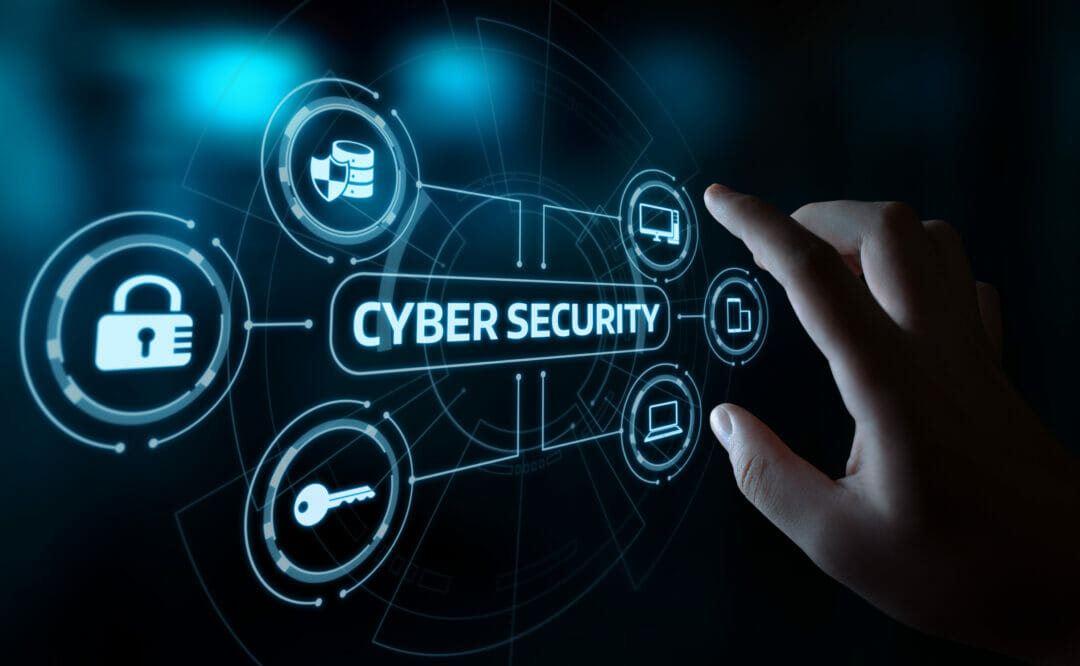Data breach protection is an essential element in business intelligence. It helps you to maintain client trust and comply with GDPR. Failing to provide data security will ultimately harm your business’s reputation and cause losses.
Your data breach protection won’t be complete without physical security – want to know why?
Keep reading as we explore the intertwined nature of physical and data security in the modern security infrastructure and what you can do to avoid emerging security threats.
Your Digital Assets Are Vulnerable In A Physical Security Breach
You must invest in physical security to secure your data from security breaches. It helps to keep your servers and the data hosted on your office computers secure. Your data could be at risk if you suffered a physical security breach.
You must equip your site with physical security tools and technologies to prevent a physical security breach. Below are a few examples of the best security tools and technologies for physical security.
Access Control
A commercial door entry system is the foundation of your security strategy. It prevents the risk of lockpicking by replacing traditional locks with keycard and fob systems. The most modern adaptation of access control is cloud-based access control with mobile-first technology. Here are some of the features on offer with this kind of access control solution:
- Mobile security management – your security team can view access logs and door lock status and operate door locks from anywhere using a mobile app or cloud-based control center.
- Mobile credentials – to reduce the cost of keycards and fob replacement, you can switch from keycards and fobs to mobile credentials. Your employees can enter the building contactless without withdrawing their mobile devices. Waving their hands over the access control reader will trigger Bluetooth, WiFi, and cellular communication with their mobiles to grant entry quickly, securely, and conveniently.
- Open API integrations – you can integrate other security tools and software with your access control system to enhance ROI.
Security doesn’t have to come at the expense of convenience, and with a cloud-based access control system, you can secure your building without making daily building operations less accessible.
Surveillance Cameras
Surveillance cameras play an essential role in supporting your security strategy. Firstly, placing your cameras in clear view will reduce the likelihood of a break-in or security event, as a potential intruder will become discouraged by the security presence.
Additionally, should anything be stolen from your premises or damaged, your surveillance cameras will record evidence that will aid an investigation or insurance claim. With cloud-based security cameras, you can access mobile management, allowing your security team to maintain security awareness from anywhere on or off-site for maximum efficiency in security processes.
Alarm Systems
Alarm systems aren’t just essential for your security strategy. You must have alarm systems in your building to comply with regulations set out in health and safety laws. In addition to supplying your facility with carbon monoxide and smoke detection alarms, you might consider implementing alarm systems to detect gunshots, broken glass, and intrusion on the premises.
You Must Protect Your Physical Security Data From A Cybersecurity Standpoint
When your physical security data is hosted in a cloud-based location, you need to consider cybersecurity protection. Suppose the cloud security data and remote operation features for your physical security fell into the hands of a malignant third party. In that case, it could have devastating effects on your data security and physical security.
So, to prevent a colossal breach of this magnitude, you must invest in cybersecurity protection for your physical security data. You must apply cybersecurity software, firewalls, and encryption to ensure these assets stay in the right hand.
To ensure this application goes smoothly, you should ensure that your physical and cybersecurity teams are aligned.
Role-Based Access Permissions
You must protect your assets from an internal security breach for both physical and digital security. Just as every user on your network shouldn’t gain access to your most sensitive data, your visitors, new hires, and contractors shouldn’t gain access to your server rooms and company resources.
To ensure you are not vulnerable to a security breach from an internal source, you must apply role-based access permissions to both physical and digital security. To do this, you can create an overarching tier system database with specific access categories for low-level, mid-tier, and senior management.
This way, if a low-level or mid-tier employee account is breached (or their access credentials are stolen), this will only expose a limited amount of information. Zero trust policies are not just for your cybersecurity strategy – they are also inherently helpful for physical security.
Merging Cyber And Physical Security Teams
To ensure your cyber and physical security teams are aware of all security threats – especially ones that affect both physical and cyber security – you should consider merging groups. By connecting teams, you can ensure that your physical safety is supported by cybersecurity and vice versa.
When you detect a potential security threat, your teams can develop workflows incorporating physical and digital security responses. Since many security threats now affect both facets of security, this strategy will help your teams to collaborate and communicate effectively. You may even be able to downsize each team by combining their workloads and removing data silos between teams.
Summary
Considering the changing climate in the security sphere, merging cyber and physical security is essential to strengthening your overall approach. Data security is not entirely secure unless supported by a top-tier physical security strategy, and vice versa. Consider merging both facets of security in your business to acclimatize to the modern security infrastructure.
